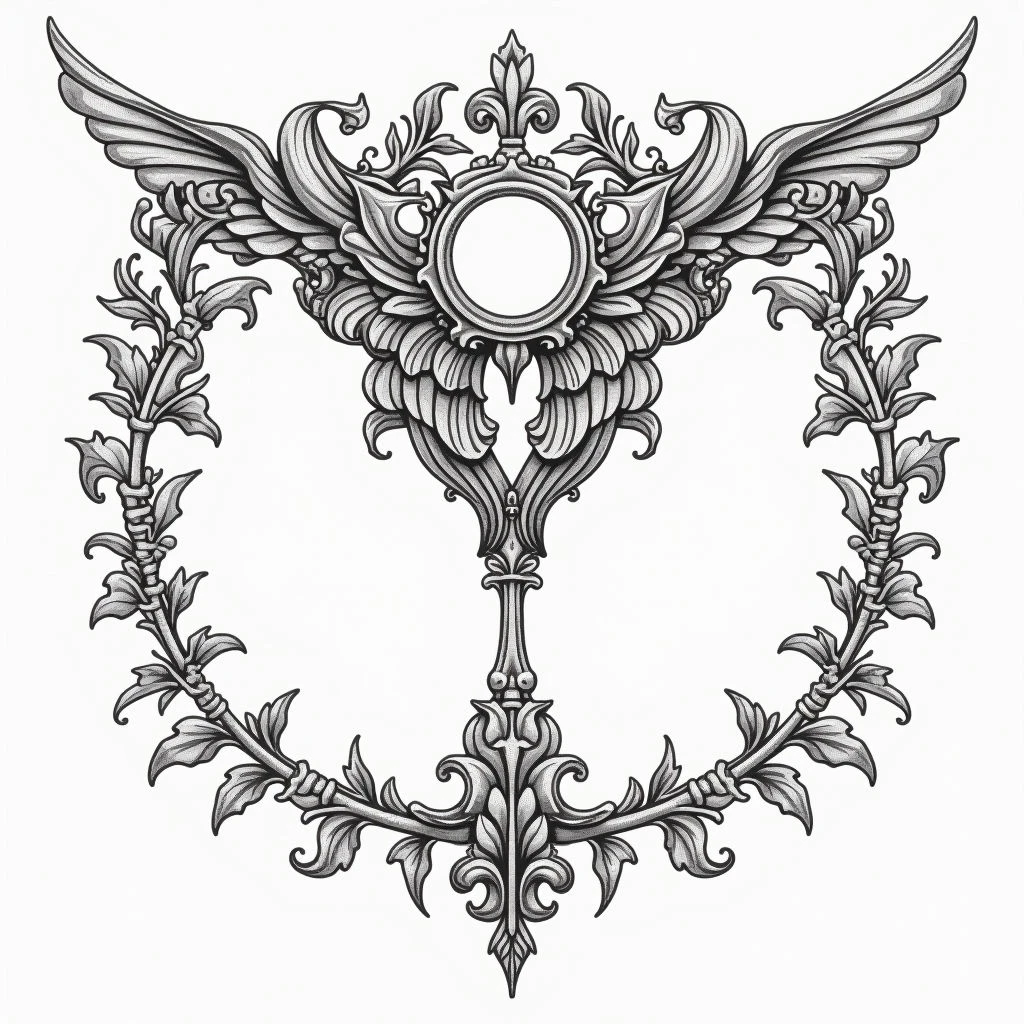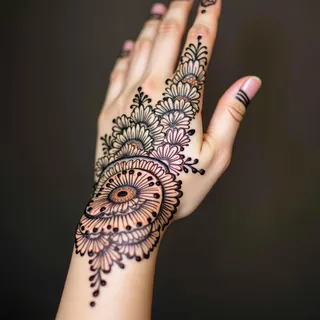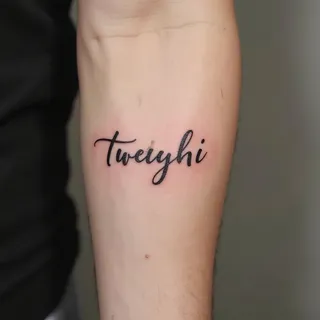Transforming Personal Drawings into Tattoos: A Guide
Preparing Your Artwork
Ensure your artwork is clear and well-defined. A poorly rendered sketch can be difficult for an artist to translate accurately.
Consider the medium – whether it's a pencil drawing, watercolor painting, or digital illustration. Digital files are preferred, as they allow for easy manipulation and scaling.
File Formats & Resolution
The ideal file format is a vector image (e.g., .AI, .SVG) due to its scalability without loss of quality.
If this isn't possible, high-resolution raster images (.PNG, .TIFF) are acceptable. Ensure the resolution is at least 300 DPI.
Copyright & Ownership
Confirm you own the copyright to the artwork or have the necessary permissions if it’s inspired by another artist’s work. This avoids legal complications later.
Artist Consultation
A crucial step is to consult with the tattoo artist *before* committing. Discuss your vision, their interpretation of your drawing, and any potential modifications needed for tattooing purposes (line weight, shading techniques).
Fees & Considerations
Be aware that artists may charge a consultation fee or an additional design transfer fee if they significantly alter your artwork. Transparency is key – discuss costs upfront.
In essence, the successful translation of drawing to skin demands meticulous preparation and open communication.


